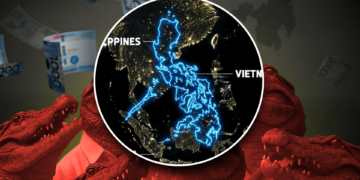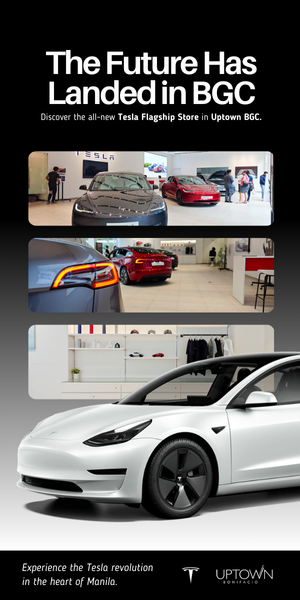For decades, internet access in the Philippines has remained a frustrating mix of slow speeds, high prices, and unreliable service.
At the heart of the issue is a deeply entrenched duopoly: Globe and Smart, the two telecom giants that have long dominated the country’s digital infrastructure. With minimal competition, these companies operated without the pressure to innovate or lower costs—leaving everyday Filipinos to suffer the consequences.
Then came DITO.
Officially launched in March 2021, DITO Telecommunity was born out of a government initiative to introduce a third major player into the Philippine telecom space.
Backed by Dennis Uy’s Udenna Corporation and China Telecom, DITO quickly positioned itself not just as an alternative, but as a real challenger. From the outset, the company’s goal was clear: break the cycle of monopolistic control and finally give Filipinos the connectivity they deserve.
And DITO didn’t waste time. Within just three years, it built a nationwide network from the ground up—an enormous feat in a country where infrastructure development is notoriously slow.
As of mid-2025, DITO has already captured over 13 million mobile subscribers, surpassed its government-mandated rollout targets by covering over 86% of the population, and launched broadband and 5G services at prices that undercut the duopoly.
To understand the weight of this disruption, consider the data. Before DITO’s entrance, internet prices in the Philippines were among the highest in Asia. Mobile data once cost as much as $11 per gigabyte, according to World Bank comparisons.
Average mobile download speeds lingered around 4 to 6 Mbps, far behind neighboring countries like Vietnam and Thailand. After DITO’s arrival, data costs dropped drastically—some plans reaching just $0.52/GB. Today, the company offers a 12-month unlimited home WiFi kit for just ₱7,290—less than ₱20 a day. It’s the kind of affordability that shifts entire households into the digital economy.
But the path hasn’t been smooth. Globe and Smart have been accused of anti-competitive behavior, from interconnection issues to behind-the-scenes resistance. In 2022, DITO filed formal complaints with regulators, stating that the duopoly was deliberately blocking traffic from its subscribers.
While these tensions play out in legal arenas, it’s clear the stakes are high: this isn’t just a telecom war—it’s a fight over who controls access to education, work, and economic mobility.
Despite the friction, DITO’s performance has caught international attention. In independent network speed tests by Ookla and Opensignal, DITO was recently recognized as one of the fastest mobile networks in the country, reaching 90 Mbps on 4G and up to 580 Mbps on 5G.
These aren’t just vanity metrics—they’re what enables a student in the province to attend online classes without buffering or an entrepreneur to run a business from home.
More importantly, DITO’s rise has pushed Globe and Smart to respond. Both have since upgraded infrastructure, introduced more affordable data packages, and expanded 5G coverage. Whether they admit it or not, competition works—and Filipinos are already benefiting.
But this moment is fragile. Without sustained support, regulatory fairness, and continued investment, DITO could be swallowed by the very system it hopes to fix. That’s why its success matters—not just as a business story, but as a blueprint for what’s possible when monopolies are finally challenged.
Connectivity is no longer a luxury. It’s a right, and it’s foundational to a modern Philippines. If we want that future to be inclusive, fast, and fair, DITO must win—not because it’s perfect, but because the country deserves options.












